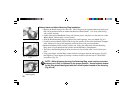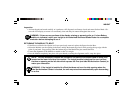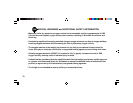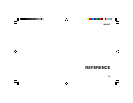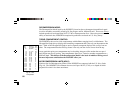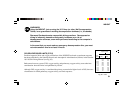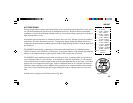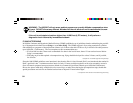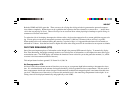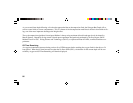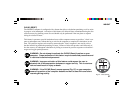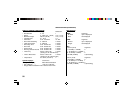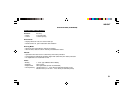
84
WARNING: The INSIGHT will not sense ambient pressures or provide Altitude compensation when
it is wet. DO NOT dive at any different Altitude until the unit shuts off and is reactivated at the new
Altitude.
If the unit is activated at elevations higher than 14,000 feet (4,270 meters), it will perform a
diagnostic check followed by immediate shutdown.
FLYING AFTER DIVING
In 1990 the Undersea and Hyperbaric Medical Society (UHMS) published a set of guidelines aimed at minimizing the possibil-
ity of decompression sickness due to flying too soon after diving. The UHMS suggests* divers using standard air cylinders
and exhibiting no symptoms of decompression sickness wait 24 hours after their last dive to fly in aircraft with cabin pressures
up to 8,000 feet. (2,440 meters). The two exceptions to this recommendation are:
• If a diver had less than 2 hours total accumulated dive time in the last 48 hours, then a 12 hour surface interval before
flying is recommended.
• Following any dive that required a decompression stop, flying should be delayed for at least 24 hours, and if possible,
for 48 hours.
Since the 1990 UHMS guidelines were introduced, data from the Diver’s Alert Network (DAN) was introduced that resulted in
DAN’s position** that “A minimum surface interval of only 12 hours would be required in order to be reasonably assured a
diver will remain symptom free upon ascent to altitude in a commercial jet airliner (altitude up to 8,000 feet/2,440 meters).
Divers who plan to make daily, multiple dives for several days, or make dives that require decompression stops, should take
special precautions and wait for an extended surface interval beyond 12 hours before flight”.
** excerpted from “DAN’s Position on Recreational Flying After Diving”
* excerpted from “The UHMS Flying After Diving Workshop”



